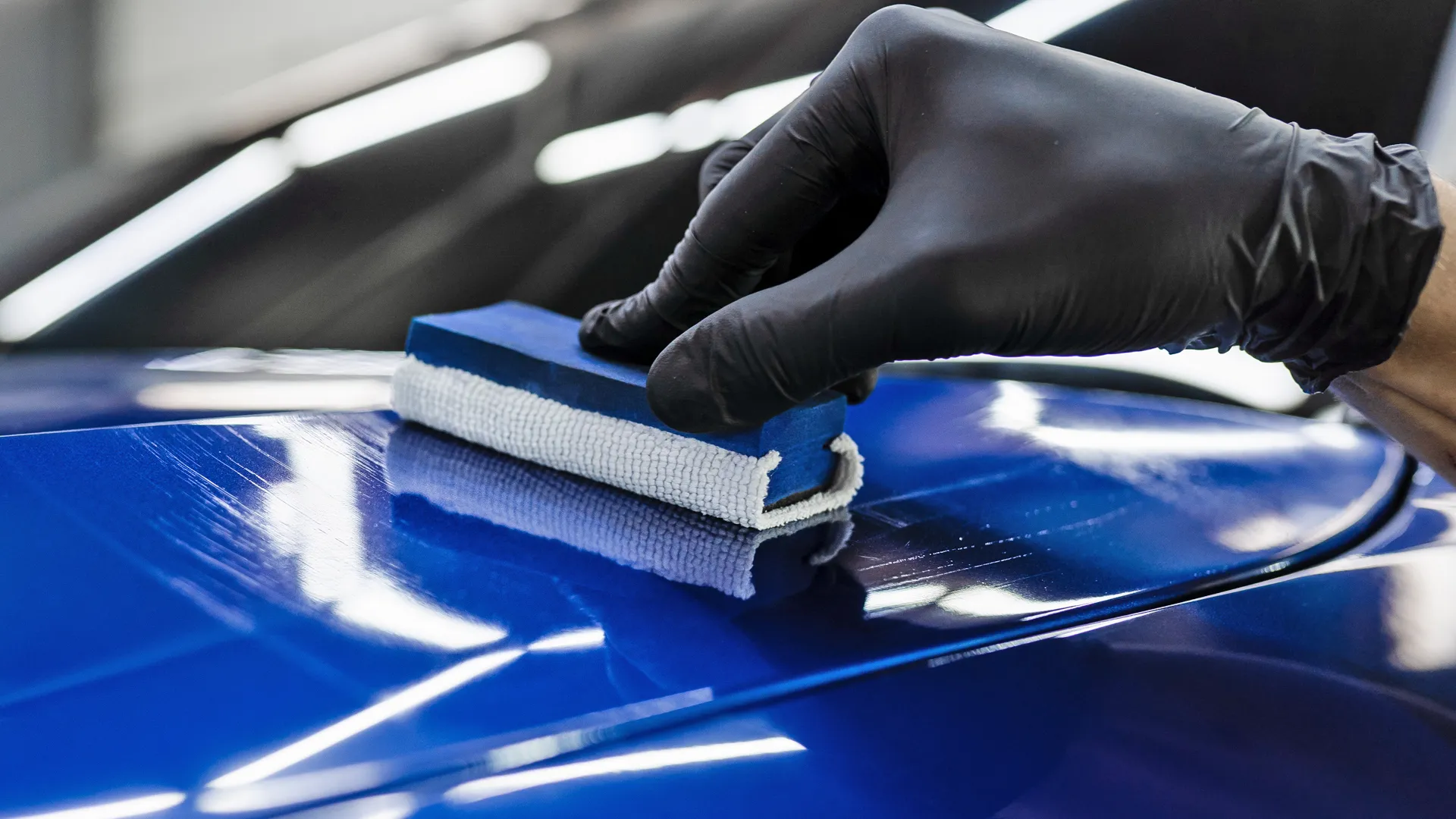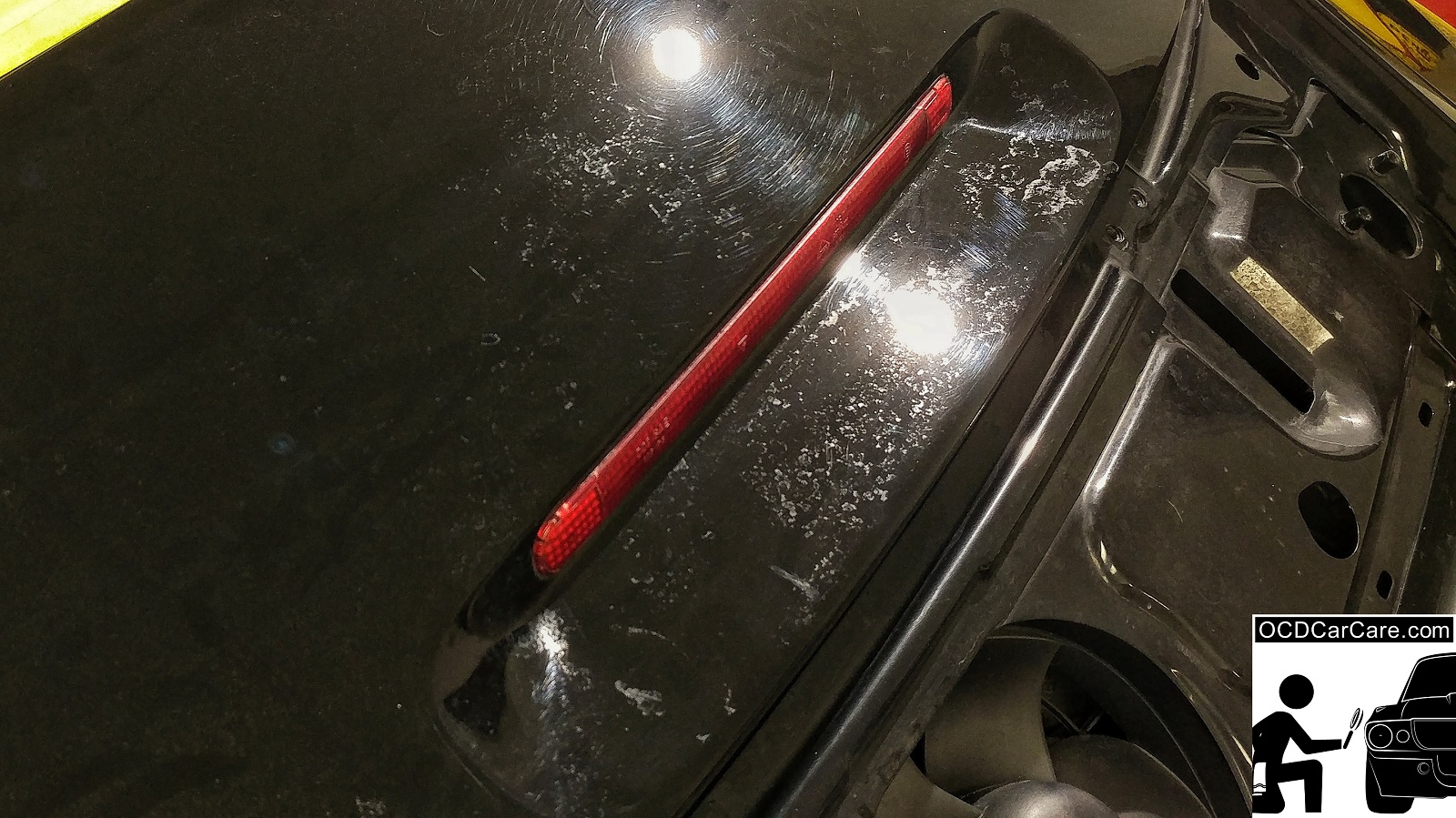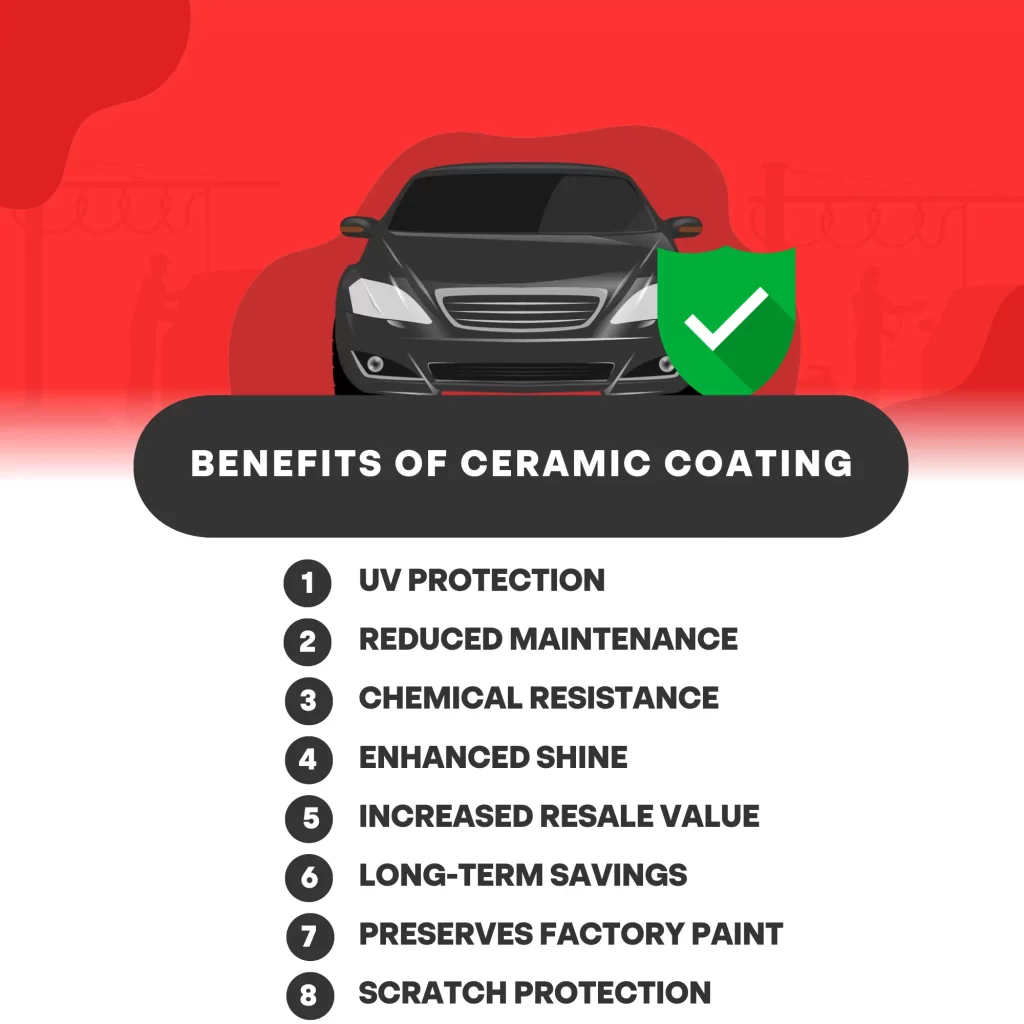Ceramic Coating: The Future of Automotive Surface Protection
Ceramic Coating: The Future of Automotive Surface Protection
Blog Article
Ceramic Coating vs. Traditional Wax: Which Supplies Much Better Long-Term Defense?
The debate between ceramic finishings and standard wax for lorry defense has actually garnered significant attention among automotive enthusiasts and experts alike. While both offer the objective of protecting paint, their differences in durability, application, and long-term maintenance costs might affect a customer's option. Ceramic finishings boast exceptional longevity and resistance to environmental variables, yet the intricacy of their application increases concerns about ease of access and practicality. As we discover these contrasting alternatives, it ends up being vital to consider not only the immediate benefits yet likewise the implications for vehicle treatment in time.
Summary of Ceramic Coating
Ceramic finish has gotten significant appeal amongst automobile fanatics and detailers alike due to its innovative protective high qualities. This innovative modern technology is created to create a sturdy, hydrophobic shield over an automobile's paint surface area, substantially boosting its resistance to environmental impurities such as dust, UV rays, and chemical spots. Unlike typical wax, which provides a momentary layer of defense, ceramic coverings bond at a molecular degree with the paint, offering lasting toughness-- frequently prolonging past 2 years with proper maintenance.
The application process includes thorough prep work of the vehicle's surface, including cleaning and polishing to guarantee ideal attachment. As soon as used, the coating remedies to develop a durable layer that not just includes deepness and gloss to the paint yet additionally streamlines upkeep. With its hydrophobic homes, ceramic finish permits water and dust to glide off even more conveniently, lowering the regularity of cleans and decreasing the threat of swirl marks.
Moreover, ceramic coatings are available in various formulations, allowing customers to select items tailored to their details requirements and choices. In general, ceramic coating represents a substantial advancement in paint defense modern technology, supplying remarkable performance compared to standard choices.
Introduction of Conventional Wax
Traditionally considered as a staple in auto treatment, wax works as a preferred option for those seeking a straightforward approach to improve and safeguard their vehicle's paint - ceramic coating. Automotive wax commonly consists of natural active ingredients, such as carnauba, or synthetic compounds, created to create a protective layer on the surface area of the paint. This layer not only boosts the automobile's gloss and shine but additionally offers an obstacle against ecological pollutants
The application of wax is typically straightforward, making it easily accessible for both professionals and do it yourself enthusiasts. It can be applied by hand or machine, enabling for versatility in the outlining procedure. Once used, wax requires a treating duration, after which it hardens to create a protective covering. Wax is additionally known for its capability to fend off water, advertising a beading impact that aids in the prevention of water spots and corrosion.
Nevertheless, while wax is reliable for enhancing the aesthetic charm of a lorry, it is essential to keep in mind that the defense it supplies may require a lot more constant reapplication contrasted to alternative products, such as ceramic finishes. Overall, conventional wax stays a favored alternative for those focusing on ease of use and instant visual enhancement.
Durability and Longevity Comparison
While both ceramic finishings and standard wax deal safety advantages for vehicle paint, their longevity and longevity vary considerably. Conventional wax, usually made from natural carnauba or synthetic polymers, typically offers a protective layer that lasts roughly three to six months. This reasonably brief life-span demands routine reapplication to preserve ideal protection.
In contrast, ceramic layers are engineered from sophisticated nanotechnology, developing a covalent bond with the paint surface. This results in a durable, hydrophobic layer that can sustain for 2 to five years, depending on the item and ecological conditions. The exceptional resilience of ceramic finishes is credited to their chemical structure, which offers enhanced resistance to scrapes, UV rays, and oxidation.

Security Versus Environmental Aspects
Protecting an automobile's paint from environmental aspects is vital for preserving its look and value gradually. Vehicles are continuously subjected to a selection of components, consisting of UV rays, bird droppings, tree sap, acid rainfall, and roadway crud, all of which can endanger the integrity of the paintwork.
Ceramic finishings provide a robust protection versus these ecological aggressors. Unlike standard wax, which can weaken rapidly under UV exposure, ceramic layers form a resilient, hydrophobic layer that stands up to the harmful effects of sunlight and ecological toxins. This innovative modern technology creates a chemical bond with the car's surface, supplying exceptional security that lasts for many years, also in rough problems.
Traditional wax, while simpler to apply, normally calls for constant reapplication and supplies minimal resistance to impurities and UV rays. Over time, it can break down, leaving the paint vulnerable to scratches and oxidation. On the other hand, ceramic coatings maintain their protective qualities much longer, significantly reducing the risk of paint damage and ensuring that the car keeps its aesthetic charm. As a result, ceramic coverings are increasingly recognized as the superior choice for long-term defense versus ecological factors.
Application and Upkeep Differences
The approaches of application and subsequent upkeep for ceramic finishings and traditional wax differ significantly, affecting the total user experience and performance of each product. Ceramic finishings call for a more complex application procedure, usually entailing surface preparation that consists of cleaning, decontaminating, and polishing the lorry. Once the surface area is ready, the ceramic finishing is used in a controlled environment, commonly requiring professional know-how to ensure appropriate healing and bonding to the paint.

While both items boost lorry look, the longer-lasting protection offered by ceramic finishings might warrant their initial investment, in spite of the more demanding application process. Alternatively, conventional wax stays a prominent selection for those looking for a less complex, albeit temporary, remedy.

Conclusion
To conclude, ceramic finishes show substantial benefits over typical wax in regards to durability and environmental protection. With a lifespan extending two to five years and premium resistance to UV rays, dust, and chemical discolorations, ceramic layers offer an extra reliable remedy for lasting lorry maintenance. The application procedure might call for specialist experience, the resulting expense savings and reduced regularity of reapplication highlight the value of ceramic coatings for those looking for ideal vehicle defense.
The dispute between ceramic coatings and typical wax for automobile protection has gathered significant focus amongst automobile fanatics and specialists alike. Unlike traditional wax, go to my site which offers a momentary layer of security, ceramic finishings bond at a molecular level with the paint, providing long-lasting resilience-- often expanding beyond 2 years with proper maintenance.
While both ceramic layers and conventional wax deal protective benefits for auto paint, their sturdiness and longevity differ significantly. For cars and truck enthusiasts seeking lasting protection, ceramic finishes present a compelling benefit over traditional wax products.
In final thought, ceramic layers demonstrate considerable benefits over traditional wax in terms of toughness and ecological protection.
Report this page